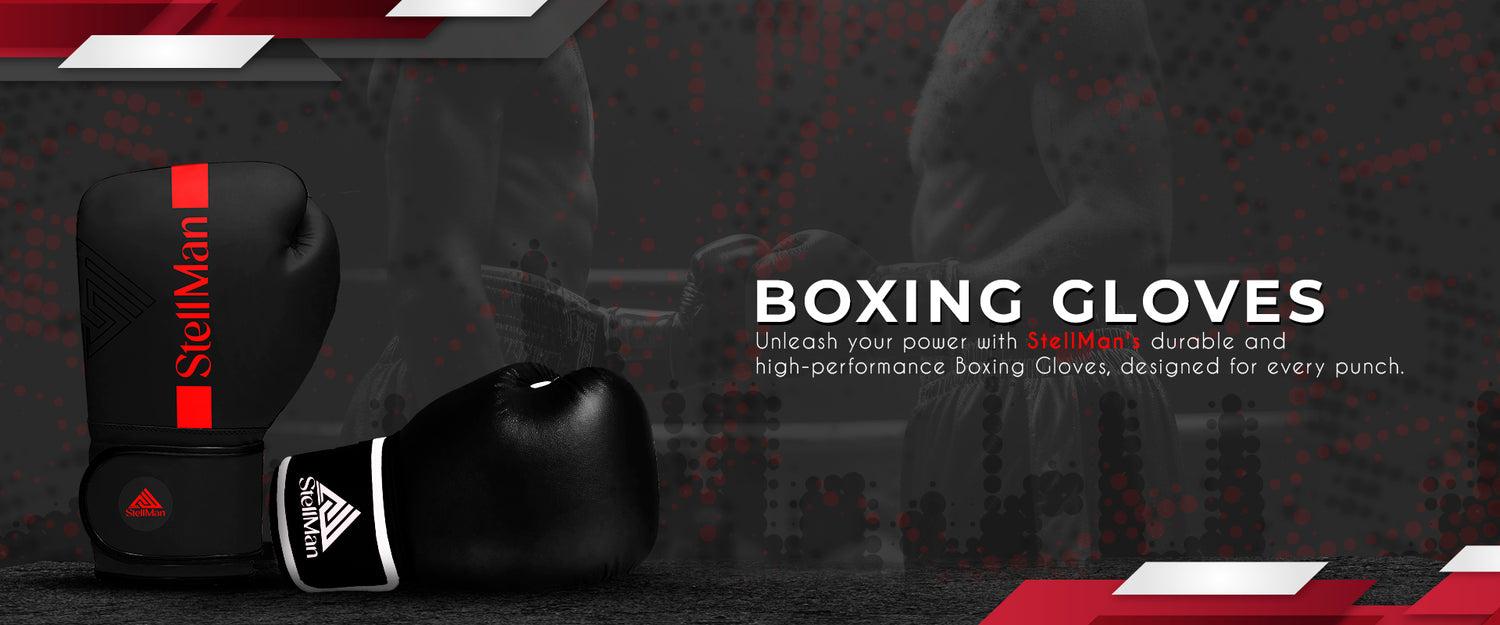Fighting sports, whether it be boxing, Muay Thai, MMA, or kickboxing, demand not only physical strength and discipline but also the right gear to support peak performance. The equipment you choose plays a critical role in your safety, comfort, and effectiveness during both training and competition. For boxers especially, selecting the best boxing equipment can make the difference between progress and injury, between a mediocre training session and one that pushes you toward mastery.
Understanding the role of each item and how to choose it wisely is essential for any fighter aiming for serious results.
Understanding the Importance of Quality Gear:
The first step in choosing the right fighting sports gear is recognizing the importance of quality. Inferior equipment not only wears out faster but can also increase your risk of injury. In combat sports, where high-impact movements and intense physical exertion are standard, using well-constructed, sport-specific gear is non-negotiable.
Whether it’s gloves that absorb shock effectively, a mouthguard that fits securely, or footwear that supports rapid lateral movement, each item should be chosen with care. Athletes should never compromise on quality, even if it means investing a little more upfront.
Selecting the Right Boxing Gloves:
Boxing gloves are the centerpiece of a boxer’s toolkit. They come in various sizes and types depending on their intended use—bag work, sparring, or professional bouts. For general training, most athletes opt for gloves in the 14oz to 16oz range, which provide adequate protection for both the wearer and their partner. Heavier gloves also help in building endurance. For competition, glove size and type will depend on the weight class and rules of the sanctioning body.
The construction of the glove is just as important as the size. Look for gloves with multi-layer foam padding, sturdy wrist support and breathable linings. Leather gloves tend to last longer than synthetic ones and break in better with use. A snug but comfortable fit is crucial—too tight and you risk circulation issues, too loose and your hand can shift inside, leading to injury.
The Role of Hand Wraps in Injury Prevention:
Hand wraps are one of the most overlooked but vital pieces of equipment. They protect the small bones and tendons in the hands and wrists by keeping everything aligned and compressed during strikes. A proper wrap offers added stability and shock absorption, especially when hitting heavy bags or sparring.
When selecting hand wraps, choose those made with a semi-elastic material that allows flexibility without compromising support. Length matters too—180 inches is a good standard for adults, giving enough material to wrap around the knuckles, wrist, and thumb adequately. Learning to wrap your hands properly is as important as wearing them at all; improper technique can nullify their benefits.
Boxing Shoes for Agility and Support:
Footwork is central to boxing, and your shoes play a huge role in enhancing your mobility and balance. Boxing shoes are designed to be lightweight, with thin soles and high ankles for better support and stability. Unlike running shoes, they allow for quick pivots, lateral movements, and a grounded stance.
A good pair will offer grip without sticking to the canvas, breathability for long training sessions, and enough arch support to prevent fatigue. Shoes should feel like an extension of your foot—not too tight to restrict blood flow, but snug enough to move naturally with your body. Avoid generic gym sneakers or cross-trainers, as they don’t offer the specialized performance features needed in boxing.
Protective Gear for Safety and Confidence:
Protective gear such as headgear, mouthguards, and groin protectors is essential, especially during sparring or competitive matches. A well-fitted mouthguard protects not just your teeth, but also helps absorb impacts that could lead to concussions. Custom-molded guards from dental professionals offer the best fit, but boil-and-bite varieties can also work well when fitted correctly.
Headgear, though not worn in all competitions, is important during training to minimize cuts, bruises, and head trauma. Look for headgear with good padding, wide visibility, and secure strapping. Groin protectors for men and chest protection for women are also necessary to prevent serious injury during accidental low blows.
Additional Equipment for Training Efficiency:
Apart from the core gear, several other tools can enhance your training and performance. A jump rope is excellent for conditioning and developing footwork rhythm. Focus mitts and heavy bags help improve precision, power, and timing. Resistance bands, shadow boxing gear, and reflex balls can supplement your routine and refine specific skills. The key is to align your training tools with your goals—speed, endurance, technique, or power—and to use them consistently.
Finding the Right Fit for Your Training Level:
Beginners often struggle with gear selection due to the overwhelming number of options. It’s wise to start with the essentials: gloves, wraps, shoes, and a mouthguard. As your training intensifies, you can add more specialized items like sparring gear or strength training accessories. Consult with your coach or gym staff to understand what’s required at your level and what brands or models are recommended. Testing gear when possible—such as trying on gloves or shoes before buying—can help avoid costly mistakes.
Conclusion:
In combat sports, your gear is as much a part of your success as your physical training. Investing in high-quality boxing equipment not only boosts your performance but also keeps you safe, allowing you to train consistently and confidently. From the feel of your gloves to the grip of your shoes, every piece should work with your body to support your goals in the ring. By taking the time to choose your fighting sports gear wisely, you lay the foundation for a successful and injury-free athletic journey.

